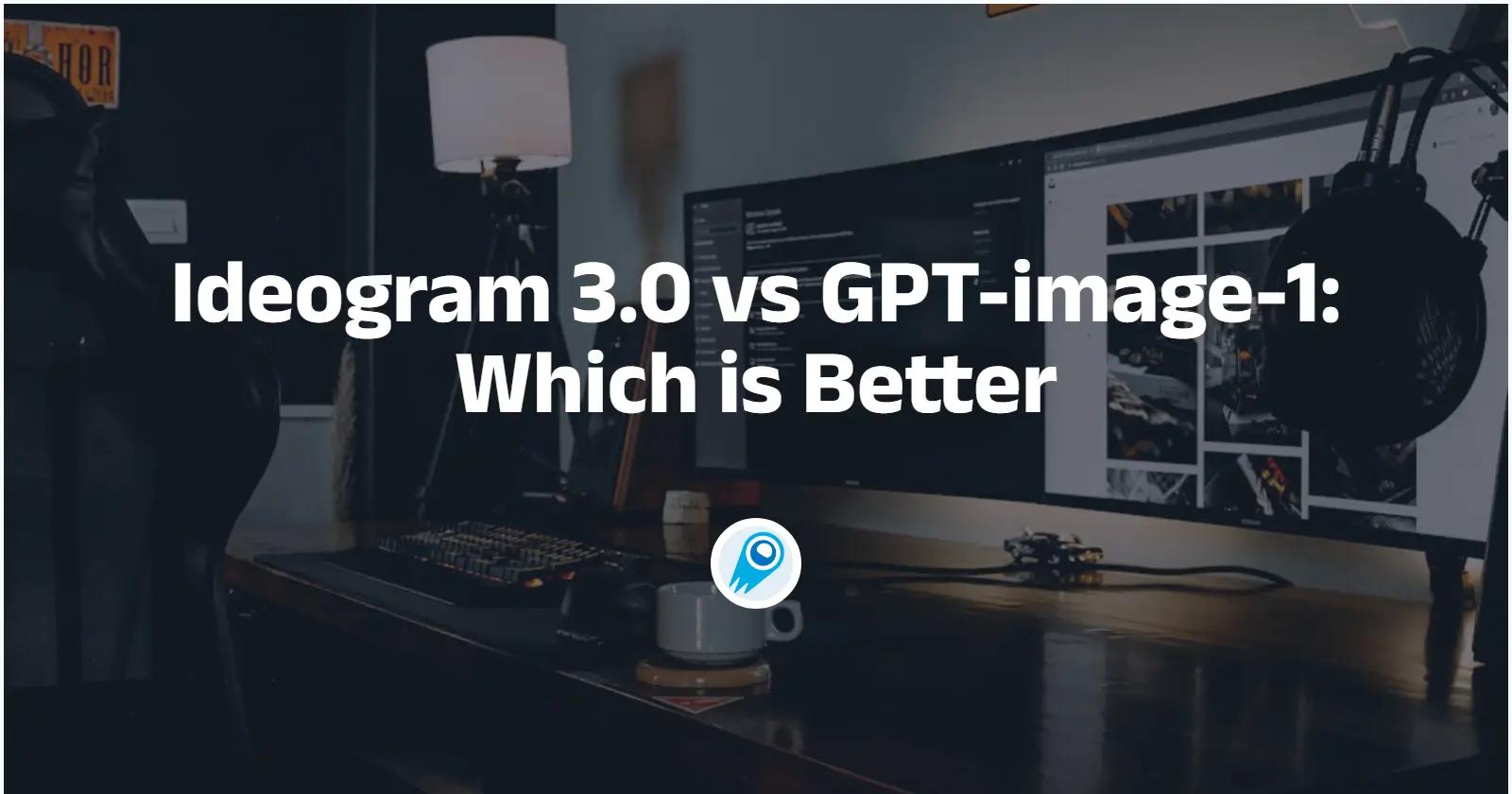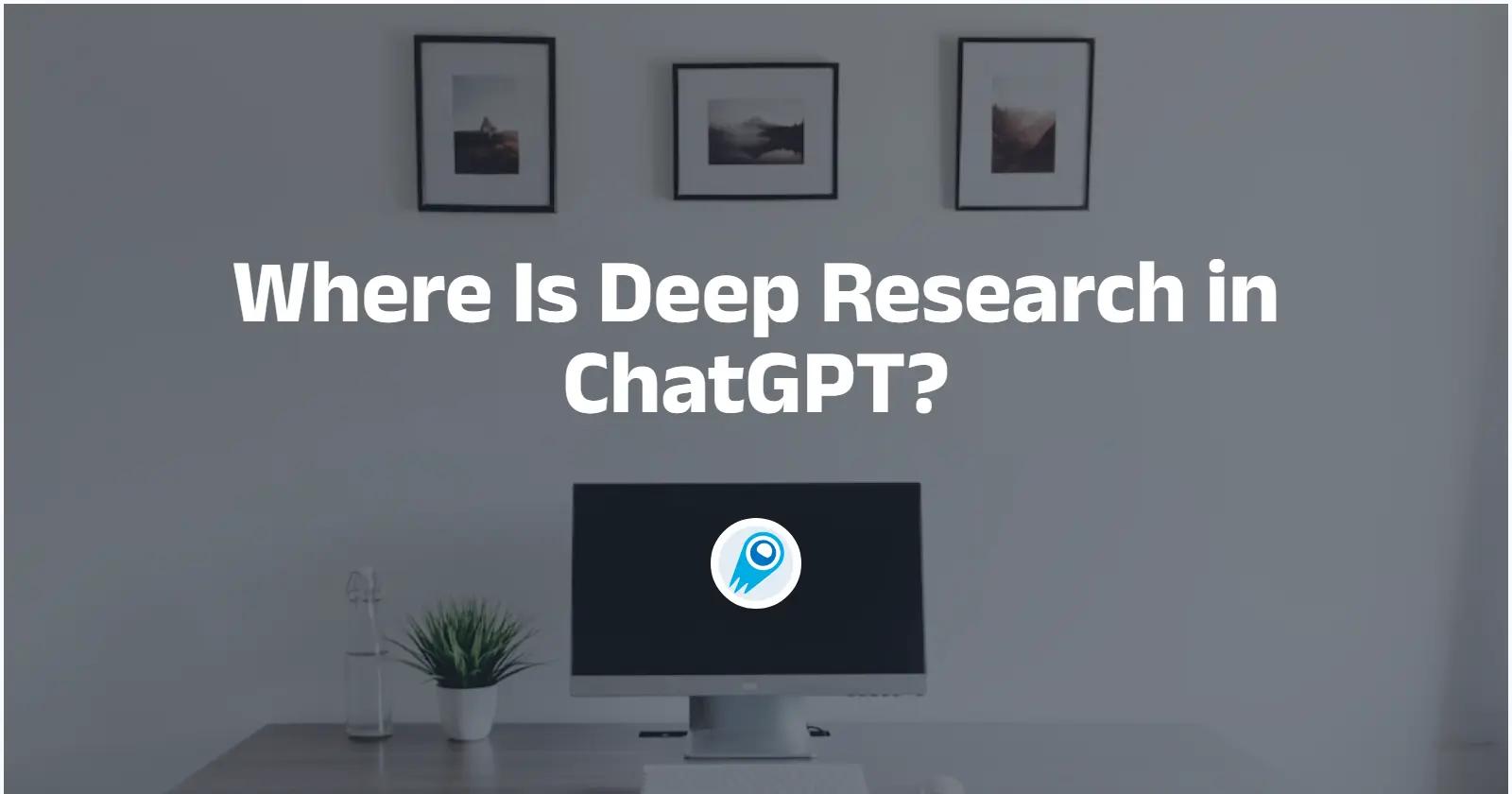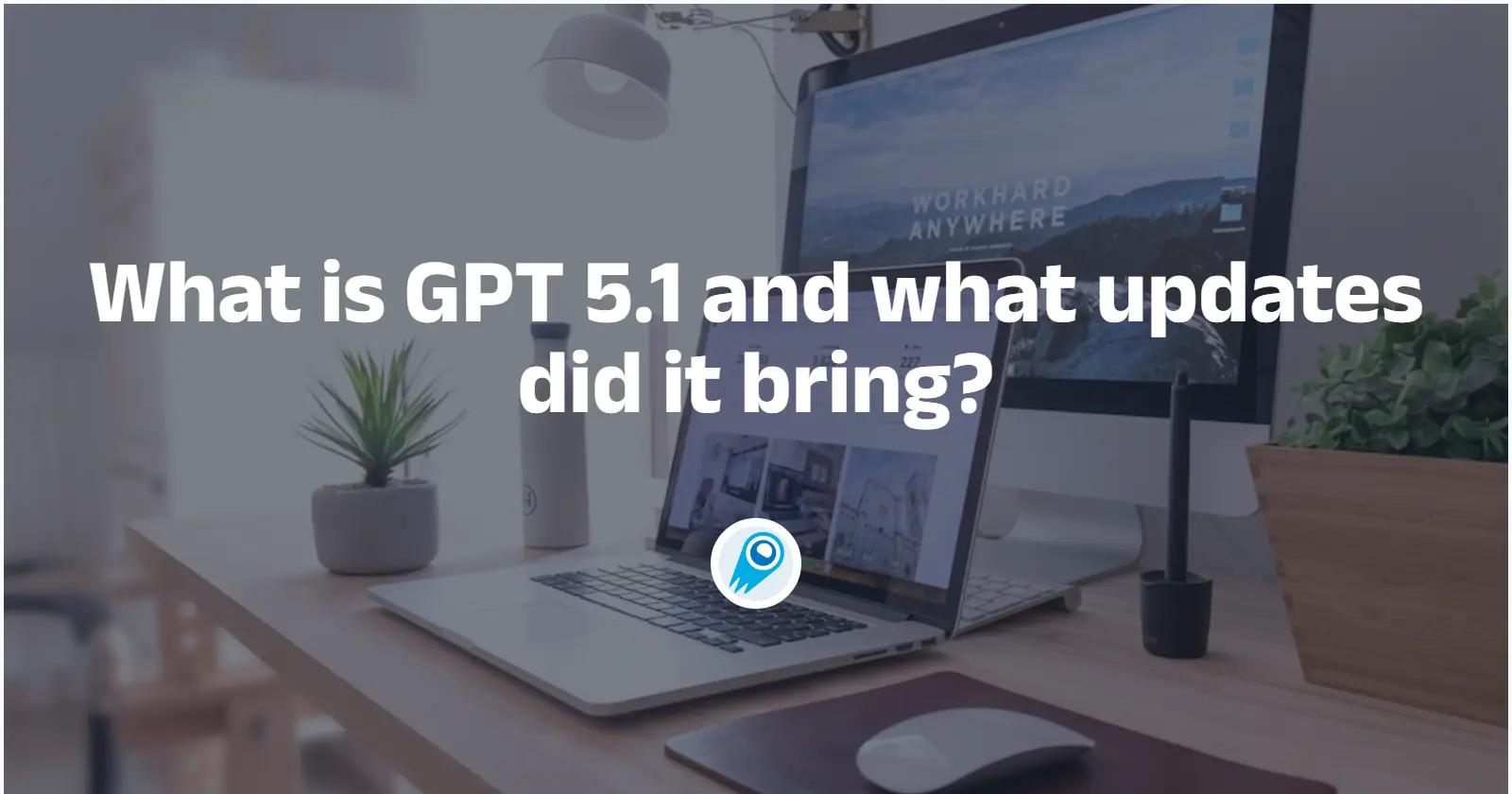Both Ideogram 3.0 and GPT-Image-1 represent cutting-edge image generation models, released in March and April 2025 respectively, each pushing the boundaries of AI-driven visual content creation. Ideogram 3.0 emphasizes photorealism, advanced text rendering, and prompt alignment, while GPT-Image-1 focuses on versatile image generation and editing within major design platforms like CometAPI , Figma, and Adobe’s suite. Despite their shared goal of empowering creators, they differ significantly in architecture, integration, availability, and ethical considerations. This article explores these distinctions, drawing on the latest announcements, benchmark results, and industry reactions to provide a comprehensive comparison.
What is Ideogram 3.0?
When and how was Ideogram 3.0 released?
Ideogram 3.0 officially launched on March 26, 2025, marking the latest milestone for the startup’s image generation platform. The announcement, covered by multiple outlets, highlighted the “most powerful image generation model yet” and immediately drew interest from design teams and AI enthusiasts .
What are the key technical advancements?
Ideogram 3.0 introduces three major features: style references, improved design tools, and enhanced photorealism . Its advanced text rendering capabilities ensure that textual elements—logos, signage, and captions—appear clear and accurate, addressing a common shortcoming of prior models . Furthermore, the model significantly improves image-prompt alignment, reducing instances where generated visuals deviate from user instructions .
How does Ideogram 3.0 perform in evaluations?
In human assessments, Ideogram 3.0 consistently outperformed competing text-to-image models, achieving the highest ELO rating across diverse prompts covering varied subjects, styles, and composition complexities. Early adopters reported that the model’s outputs closely matched intended styles and contexts, with particular praise for subtle lighting and texture fidelity.
Through which channels is Ideogram 3.0 accessible?
Users can access Ideogram 3.0 via the company’s web platform at ideogram.ai and through an iOS application available on the App Store . Additionally, a dedicated API allows integration into custom workflows, enabling developers to embed high-quality image generation features directly into their applications.
What is GPT-Image-1?
When and where was GPT-Image-1 announced?
GPT-Image-1 was unveiled on April 23, 2025, marking the first time OpenAI’s latest image model became available through a cloud service.
What capabilities define GPT-Image-1?
GPT-Image-1 offers both image creation and editing endpoints, allowing users to generate entirely new visuals or modify existing ones by adding, removing, or transforming objects within a scene . The model excels at adhering to complex prompts, leveraging real-world knowledge to enrich outputs, and producing text elements with high precision. Its zero-shot capabilities mean it can tackle novel styles without specialized fine-tuning, making it versatile for various design needs .
Where is GPT‑image‑1 available and how is it integrated?
OpenAI offers GPT‑image‑1 through its Images API , accessible to all gated customers today, with a hosted playground rolling out imminently . Major SaaS platforms have begun embedding the model: Adobe Firefly and Express now leverage GPT‑image‑1 for in‑app creative workflows, while Figma’s plugin ecosystem supports on‑canvas generation and editing . Third‑party tools like Gamma (for marketing collateral) and ComfyUI (for node‑based pipelines) also offer GPT‑image‑1 nodes in beta.
Developers can access GPT-image-1 API through CometAPI. To begin, explore the model’s capabilities in the Playground and consult the API guide for detailed instructions. Note that some developers may need to verify their organization before using the model.
GPT-Image-1 API Pricing in CometAPI,20% off the official price:
- Output Tokens: $32/ M tokens
- Input Tokens: $8 / M tokens
How do Ideogram 3.0 and GPT-Image-1 compare?
How do they compare on image quality and photorealism?
- Ideogram 3.0: Specializes in photorealism with physically accurate lighting, shadows, and materials; excels at detailed object textures and scenes that mimic real photography.
- GPT‑image‑1: Produces highly creative compositions with strong stylistic diversity, though occasionally trades off micro‑detail for broader semantic understanding .
Which handles text and prompt adherence better?
- Ideogram 3.0: Industry‑leading text rendering—embeds crisp, on‑point typographic elements directly into imagery, ideal for graphics requiring legible labels (e.g., infographics) .
- GPT‑image‑1: Strong at prompt fidelity across varied domains, but text legibility can sometimes blur at small font sizes, necessitating higher DPI outputs or post‑processing .
What about speed, scalability, and cost?
- Ideogram 3.0: Currently optimized for quality over throughput; average render time is 20–30 seconds per 512×512 image, with expected API latency reductions in future updates .
- GPT‑image‑1: Designed for enterprise scale, offering sub‑10 second response times at 512×512 resolution and volume‑based pricing tiers; latency on CometAPI can drop below 5 seconds in low‑latency regions .
Which ecosystems and integrations are strongest?
- Ideogram 3.0: Targeted at creative professionals via Ideogram’s own platform and upcoming API; deep local iOS integration for on‑device editing.
- GPT‑image‑1: Ubiquitous across cloud providers (CometAPI, OpenAI), design suites (Adobe, Figma), and developer frameworks (ComfyUI, ChatBotKit), making it the go‑to for enterprise and cross‑platform deployments .
Which model fits your needs?
For creative design and marketing teams
If photorealistic product renders, precise text overlays, and fine‑tuned style control are paramount, Ideogram 3.0’s bespoke features and style‑control modules offer unparalleled creative fidelity. Its desktop and mobile apps enable rapid iteration without cloud dependencies.
For enterprise developers and API integrations
Organizations seeking a single, multimodal API to power everything from marketing collateral to data‑driven visual reports will find GPT‑image‑1’s zero‑shot capabilities, high throughput, and deep platform support unmatched .
For hobbyists and early adopters
Both models offer user‑friendly interfaces, but Ideogram’s consumer‑facing app may be more accessible to individuals just starting with AI art. Conversely, GPT‑image‑1’s integration into popular SaaS tools makes it easy for hobbyists already in the Adobe or Figma ecosystems to experiment seamlessly.
In summary, Ideogram 3.0 and GPT‑image‑1 mark significant milestones in generative AI, yet they address distinct user communities. Ideogram 3.0 emphasizes absolute visual fidelity, advanced typography, and style control—ideal for professional graphics and marketing creatives. GPT‑image‑1, meanwhile, offers a versatile, multimodal engine with robust enterprise integrations and rapid throughput, making it the backbone for scalable AI‑driven image services. Your choice will ultimately hinge on whether you prioritize bespoke visual craftsmanship or broad, API‑driven versatility.
Developers can access Ideogram 2.0 API (model name: ideogram_generate_V_2; ideogram_edit_V_2; ideogram_remix_V_2😉 through CometAPI. To begin, explore the model’s capabilities in the Playground and consult the API guide for detailed instructions.
You can use Ideogram 2.0 API of cometAPI to edit, generate, and mix images. Ideogram 3.0 API will be launched soon.CometAPI provide you with the old version at a cheaper price .



